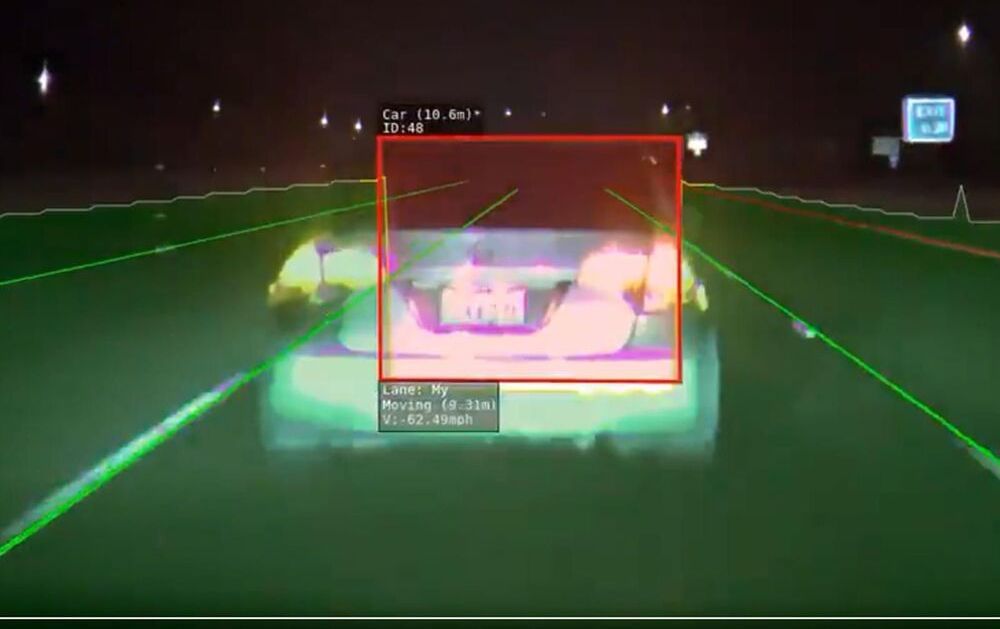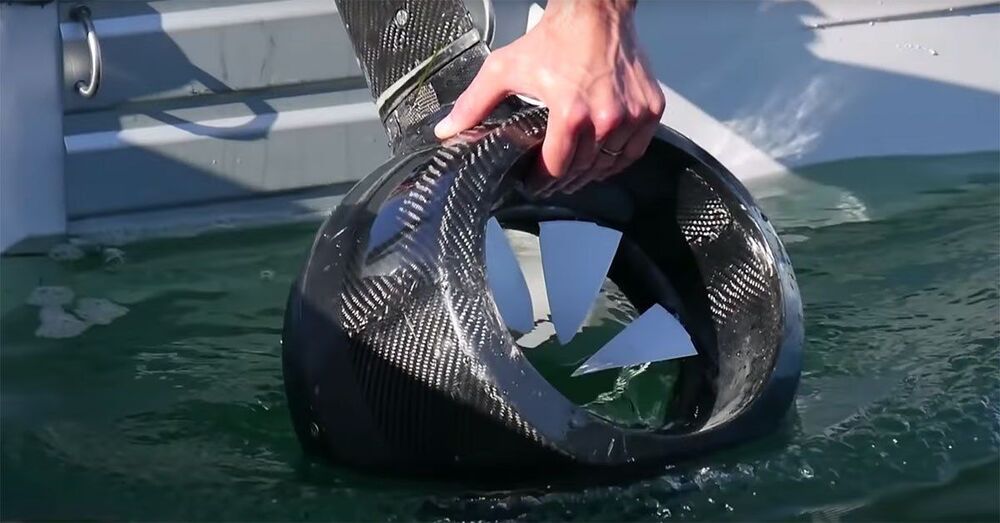Where do you typically go to get the most up-to-date news on anti-aging research studies?
I’ve been digging around and found some longevity journals and other resources but curious to know what else is out there.
One of the most-frequent questions prominent longevity experts get asked is, “How can I contribute?”
Dr. Aubrey de Grey typically responds that, “The main way to get involved other than donating, unless you’re a biologist and can help with the actual research, is in raising awareness.”
And longevity investor Laura Deming even has a whole page on her website devoted to the question.







